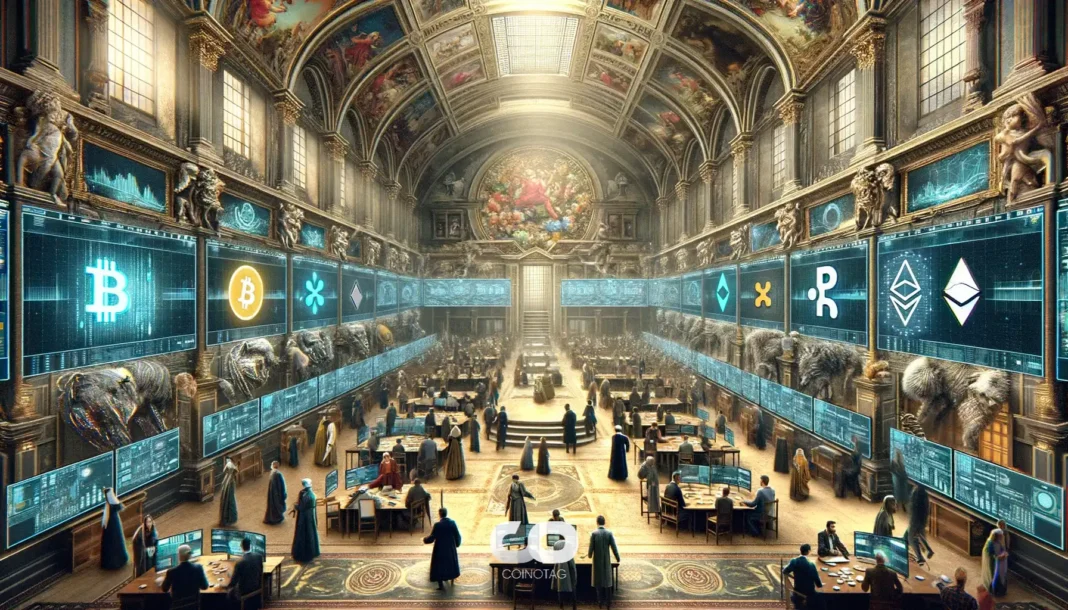Web 1.0 nostalgia frames a belief that early, decentralized webpages promoted authentic communities, while social media toxicity today stems from attention-driven incentive structures and algorithmic amplification. Vitalik Buterin says it’s likely “some mix” of commercialization and content designed for mass appeal that increased online negativity.
-
Web 1.0 nostalgia: early web felt grassroots and less commercialized.
-
Social media toxicity arises from attention economies, algorithms, and profit motives.
-
Surveys and expert commentary point to incentives and platform design as key drivers of negativity.
Web 1.0 nostalgia and social media toxicity explained: read expert insight and practical steps to reduce exposure. Learn more from COINOTAG.
What is Web 1.0 nostalgia?
Web 1.0 nostalgia refers to the sentiment that early internet experiences—static sites, mailing lists and niche forums—felt more authentic and less monetized than today’s platforms. Enthusiasts credit a grassroots spirit and user-driven communities rather than algorithmic feeds and corporate optimization.
How did the shift from Web 1.0 to Web 2.0 affect online behaviour?
The move to Web 2.0 prioritized engagement metrics and monetization, which changed content incentives. Platforms optimized for clicks and shares, encouraging short, reactive posts and viral memes that often reward outrage and sensationalism over depth.
What did Vitalik Buterin say about nostalgia and toxicity?
Ethereum co-founder Vitalik Buterin noted public nostalgia for Web 1.0 while suggesting current problems likely reflect “some mix” of anti-capitalist critiques and elitist content creation patterns. He contrasted early, well-informed creators with today’s mass-targeted content.
Why do incentive structures matter for social media toxicity?
Platform incentive structures shape what is amplified. When algorithms reward high engagement, content that provokes emotional reactions is prioritized. This creates feedback loops that can escalate negativity and polarizing content in feeds.
How do algorithms and attention economics amplify negativity?
Algorithms prioritize content that maximizes time-on-site and interaction. This typically elevates emotionally charged posts—memes, soundbites and outrage—over nuanced discourse. The result is broader reach for shallow or reactive content and less visibility for detailed, informed discussion.
Good old days?
Many users remember Web 1.0 for its discoverable niche forums, static pages and slower-paced interactions. While the technology lacked today’s interactivity, it often required users to actively seek communities and topics, producing focused, interest-driven engagement.
Early webpages were less driven by profit motives, which reduced pressure to create content strictly for mass appeal. This environment fostered dedicated communities and content creators often described as more informed or “right-curve” contributors.
Anti-capitalist or elitism?
Two common explanations for the contrast between eras are structural capitalism and cultural shifts in participation. From an anti-capitalist angle, current toxicity is a byproduct of flawed monetization models. From a cultural angle, mass-audience targeting has shifted the average quality and tone of public content.
Buterin suggests both perspectives contribute: profit-driven incentives plus a landscape optimized for average-user attention produce more reactive, lower-depth content. This combination helps explain why many feel the online environment is more toxic today.
How can users reduce exposure to toxic content?
-
Curate feeds: prioritize niche communities and follow expert voices.
-
Limit time: set usage limits to break algorithmic reinforcement loops.
-
Engage selectively: comment and share only on constructive content to shift reward signals.
Frequently Asked Questions
Did Web 1.0 really feel less toxic?
Many users recall lower visible toxicity because communities were smaller, discovery was active rather than algorithmic, and platforms lacked monetization pressures that reward sensational content.
How can platform design reduce toxicity?
Design changes—like de-emphasizing engagement metrics, increasing transparency and prioritizing context—can reduce incentives for polarizing content and promote higher-quality discourse.
Key Takeaways
- Roots of nostalgia: early web’s grassroots nature encouraged niche, informed communities.
- Incentive-driven toxicity: attention economics and algorithms amplify reactive content.
- Practical steps: curate feeds, limit time, and engage constructively to improve online experience.
Conclusion
The conversation around Web 1.0 nostalgia and social media toxicity highlights how platform incentives and mass-targeted design shape online behavior. Expert commentary, including Vitalik Buterin’s observation of “some mix” of causes, suggests solutions should combine product design changes and user habits. COINOTAG encourages readers to curate, limit and engage thoughtfully to foster healthier online spaces.





